
Tarsus Festival 2025
Welcome to your festival journey...

Welcome to your festival journey...
All the practical information you need to make the most of your Tarsus Festival 2025 experience
Festival events at 20 different locations and historical sites waiting to be discovered
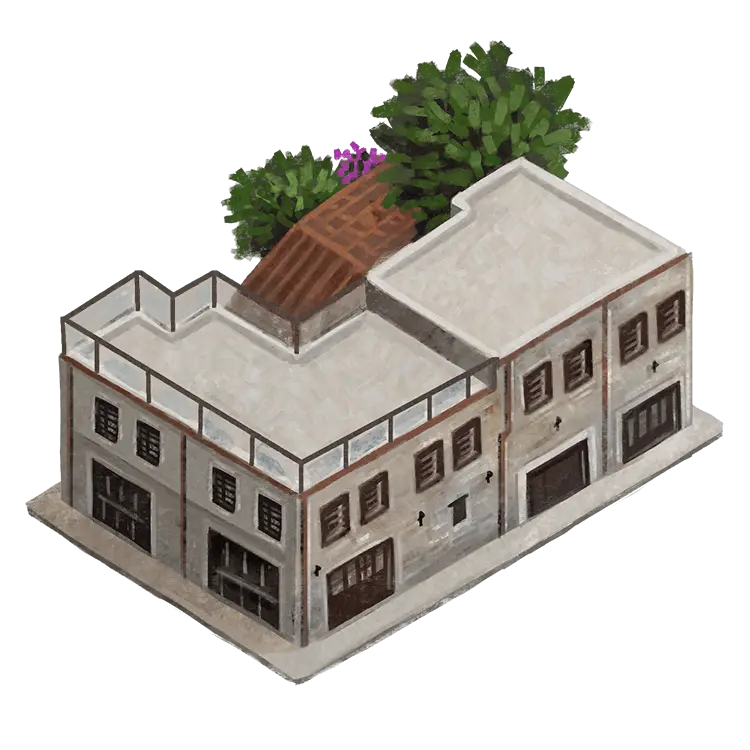
The new service building of the Tarsus Value Adders Council (TADEKA). Located in the Kızılmurat neighborhood where the historic Tarsus Houses are also situated, adjacent to St. Paul Well, this building was created by renovating a historic house on a historic street and hosts many events and organizations.
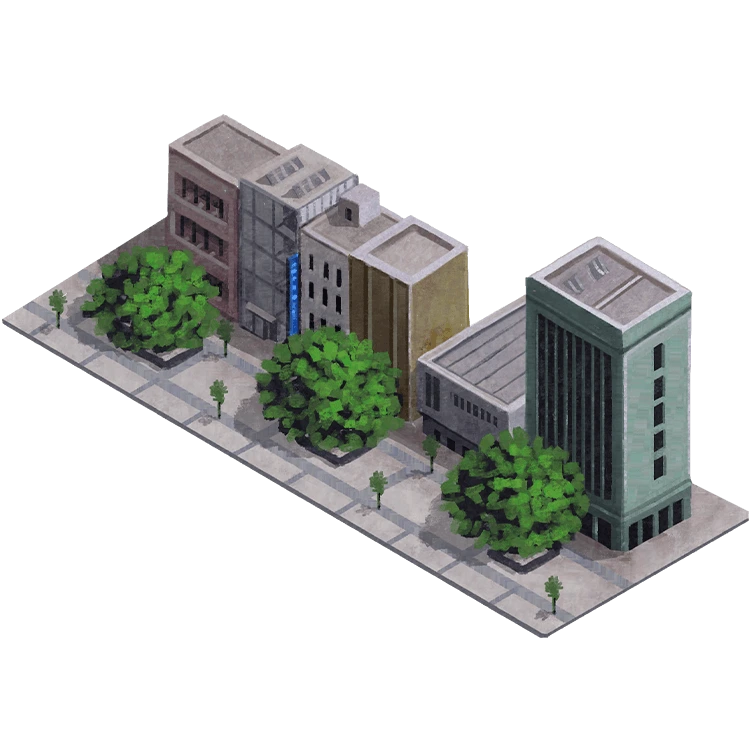
Tarsus Yarenlik Area is a park area located in Tarsus district of Mersin and closed to vehicle traffic. With this feature, it offers a peaceful resting and walking area for pedestrians. The area is surrounded by various shops and patisseries.
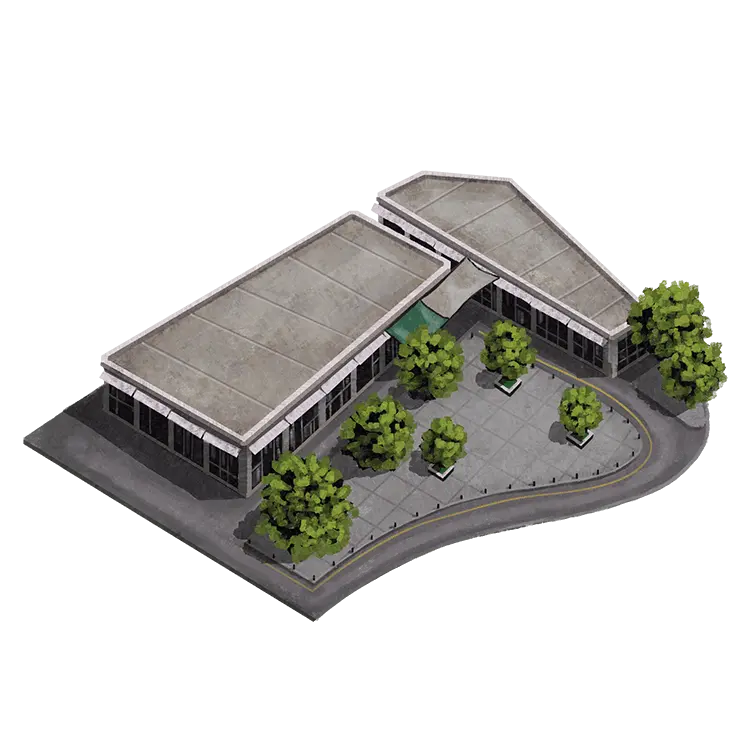
Tarsus Human Rights Square is located in the heart of the city as one of the most central and vibrant meeting points. This area, symbolizing the universal values it carries, hosts not only the center of social life in Tarsus but also official ceremonies and social events.
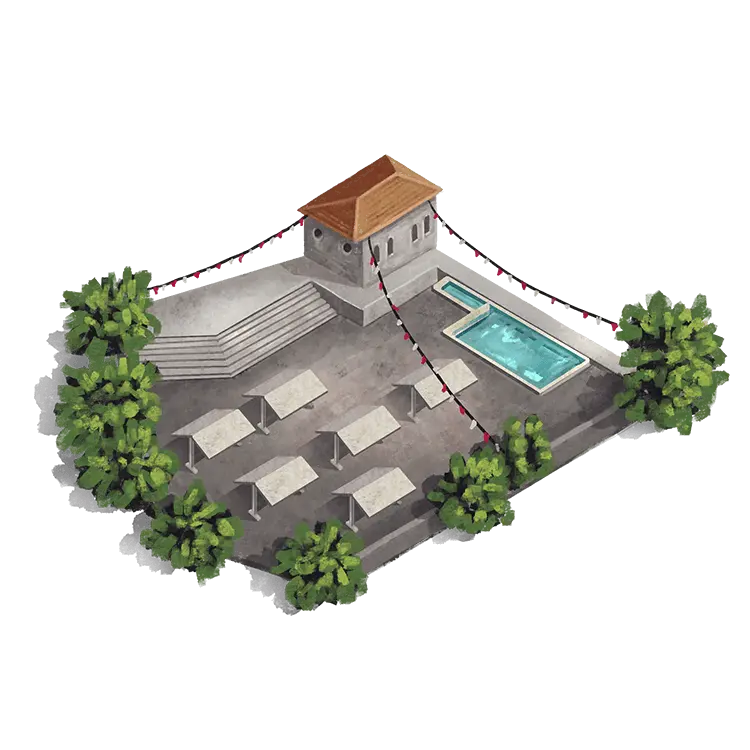
In Tarsus Earth Market, one of six markets in the world established under the leadership of the Slow Food Movement and consisting of 80% women, producers offer their plastic-free, clean and environmentally friendly products to consumers.
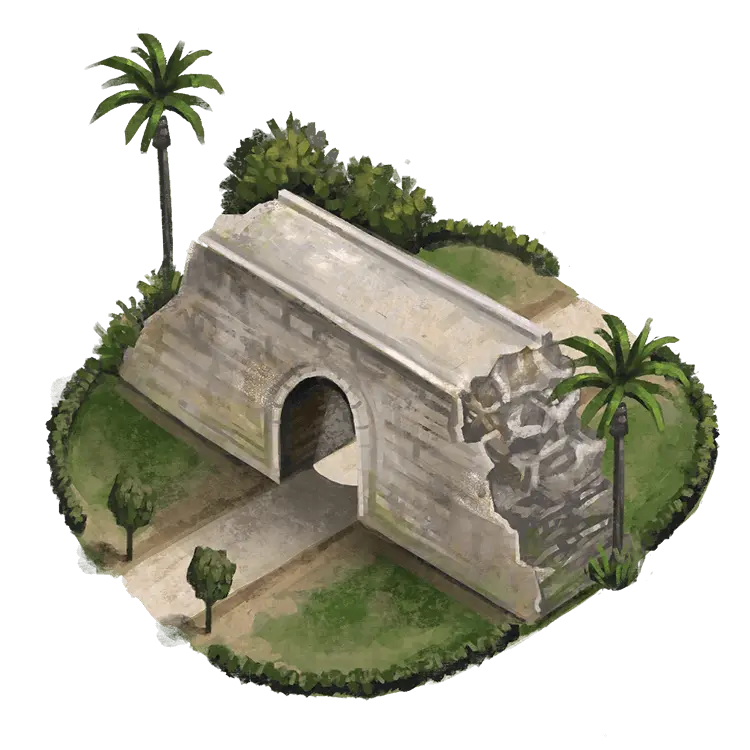
Historic gate from the Roman period, provided entry to the city from the Mediterranean. Built in the 2nd century AD.

Historic settlement established approximately 9000 years ago in the Neolithic Period and continuously inhabited until the Early Islamic Period.
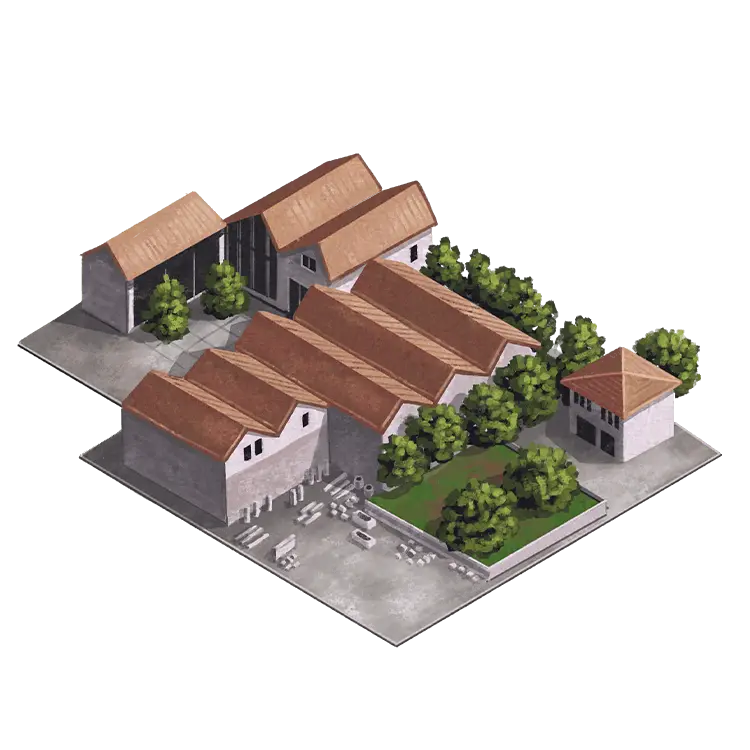
Research center created by transforming an old cotton gin factory for academic and social use. Awarded the 2019 Turkish Association of Free Architects Building Award. The project stands out with its respect for the building and emphasis on natural and environmental values with energy conservation efforts.
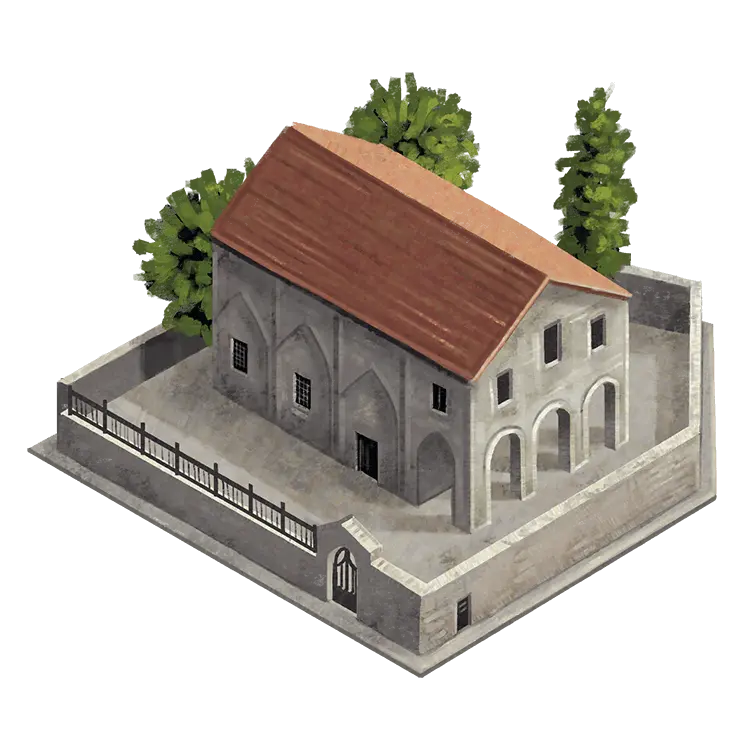
Church built in 1862 with permission and support of the Ottoman Empire upon request of the Armenian community. Features frescoes of Jesus Christ and apostles on the ceiling. Restored and converted into a museum.
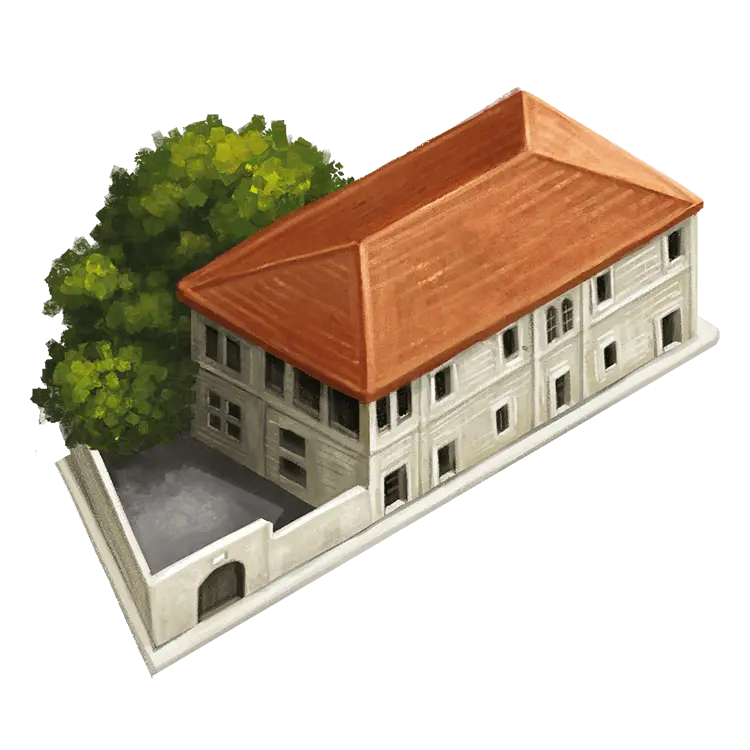
Historic mansion built in early 1900s. Belonged to Sadık Pasha, founder of Tarsus Defense of Rights Society during the War of Independence.
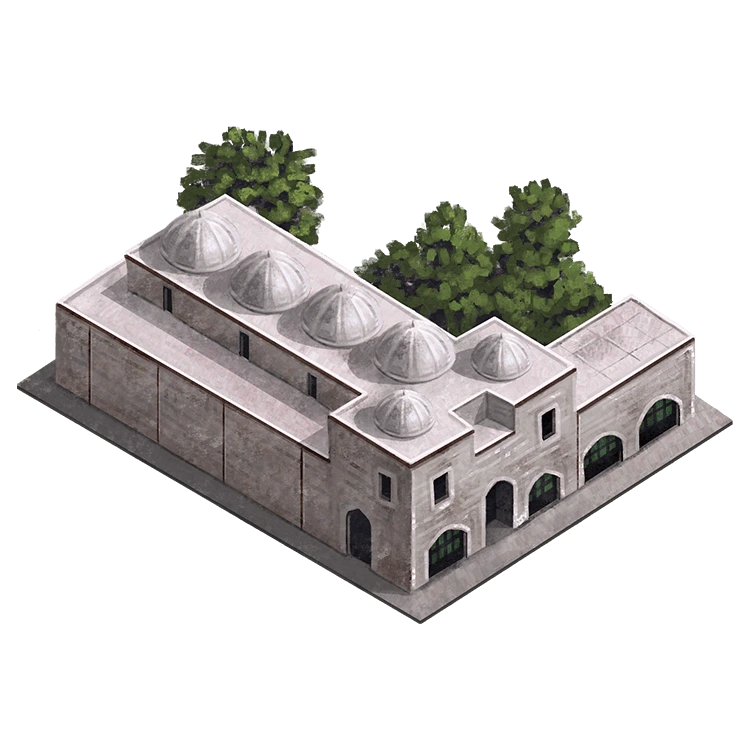
Historic building constructed by İbrahim Bey in 1579. First used as a soup kitchen and madrasa, then as a covered bazaar. Named after the spoon motifs on its facade.
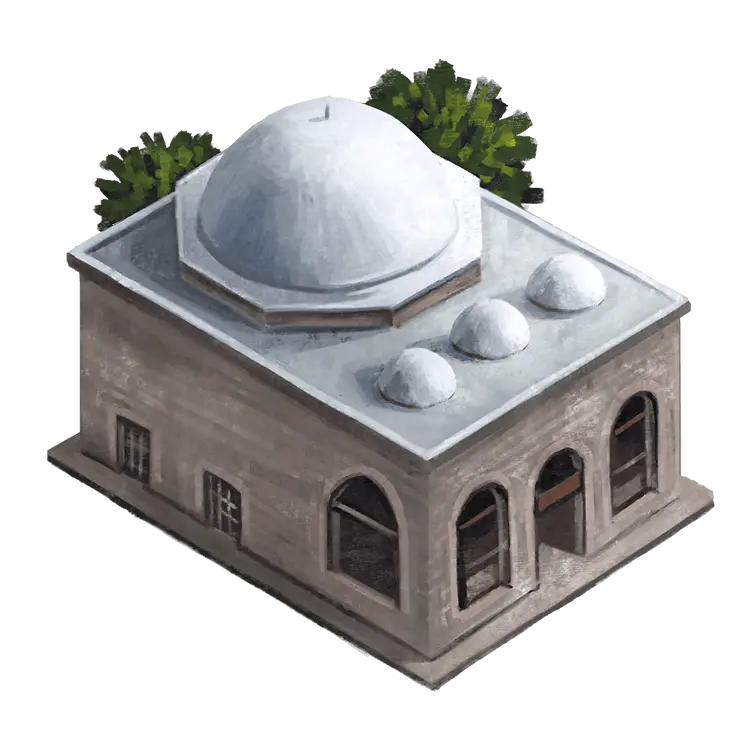
Square-planned domed mosque built in the 16th century on the site where Bilal al-Habashi, the first muezzin of Islam, is believed to have called to prayer. Features a historic well.

Sacred site believed to be where Prophet Daniel is buried in Tarsus. Archaeological remains located beneath Makam Mosque.
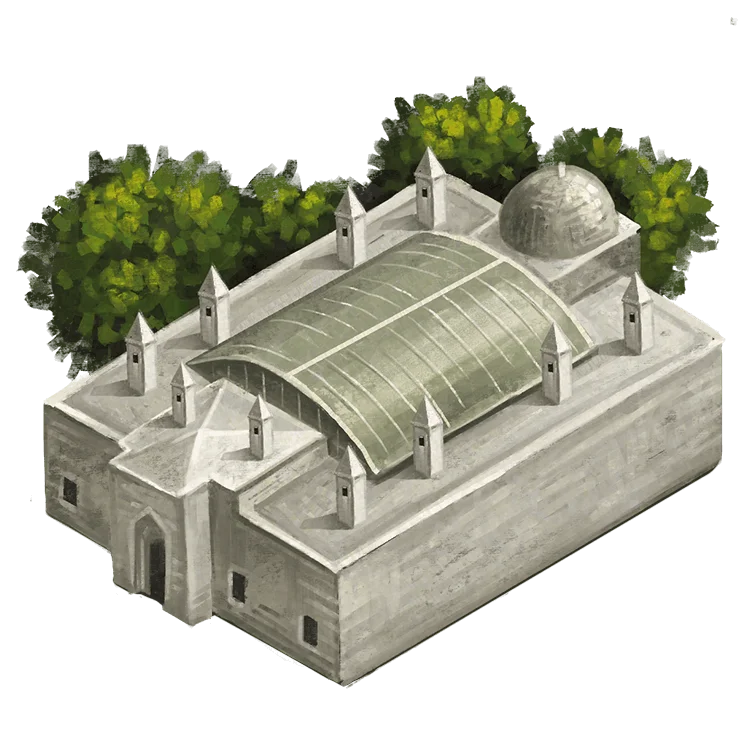
Built in 1570, a beautiful example of classical Ottoman architecture.

Remains of a magnificent bath complex built in 2nd-3rd century AD. Thick walls and water conduits are still visible.

Historic bath associated with the Şahmeran legend. Also known as 'Old Bath' in local culture.
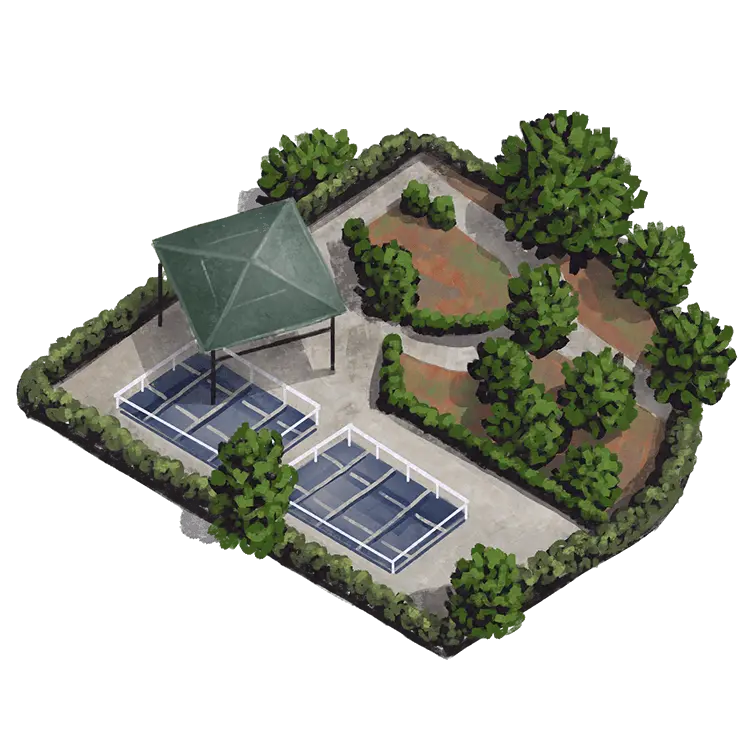
Site built on the foundations believed to be St. Paul's house. The well, approximately 40 meters deep, holds symbolic meaning as it belongs to the land where Paul was born.

Ancient street remains from Hellenistic Period. 7 meters wide with water channels and column bases, exemplifying ancient urbanism.
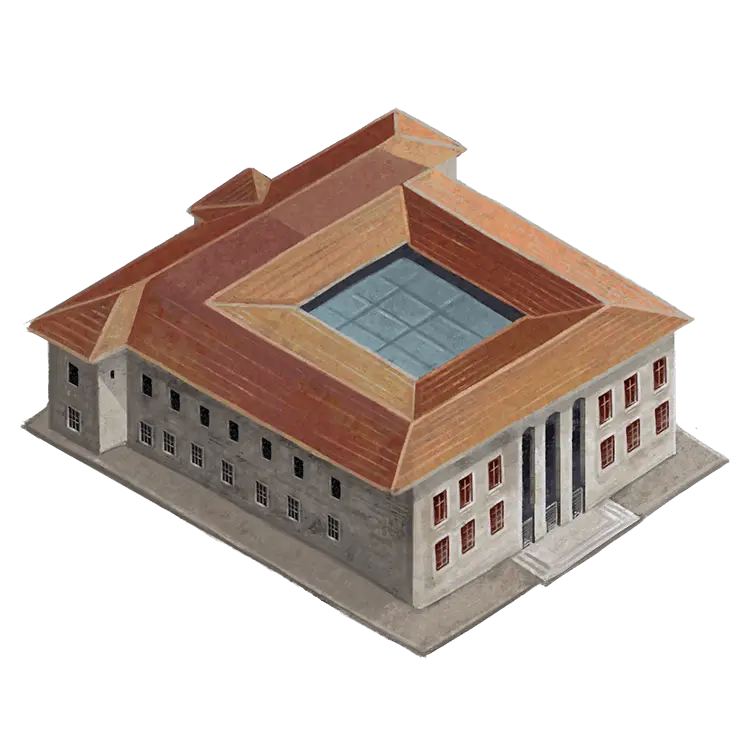
Modern museum exhibiting artifacts from archaeological excavations in Tarsus and surrounding areas.

Tomb built in the 14th century for Abdullah Mencek from Horasan. Dedicated to a religious scholar who established a lodge helping Turkish migrants to Anatolia. Open to visitors in Tekke District.

Ancient temple ruins from the Roman period. One of Tarsus's important archaeological structures.